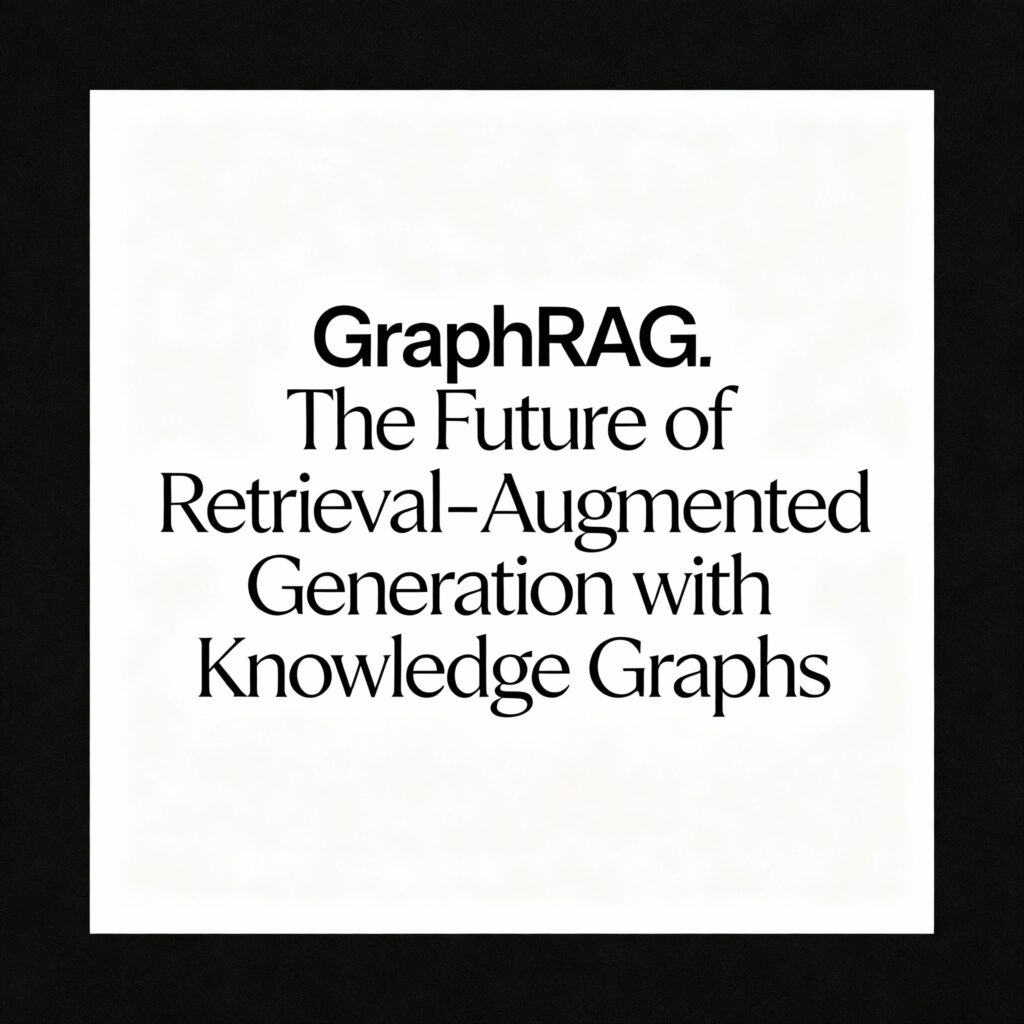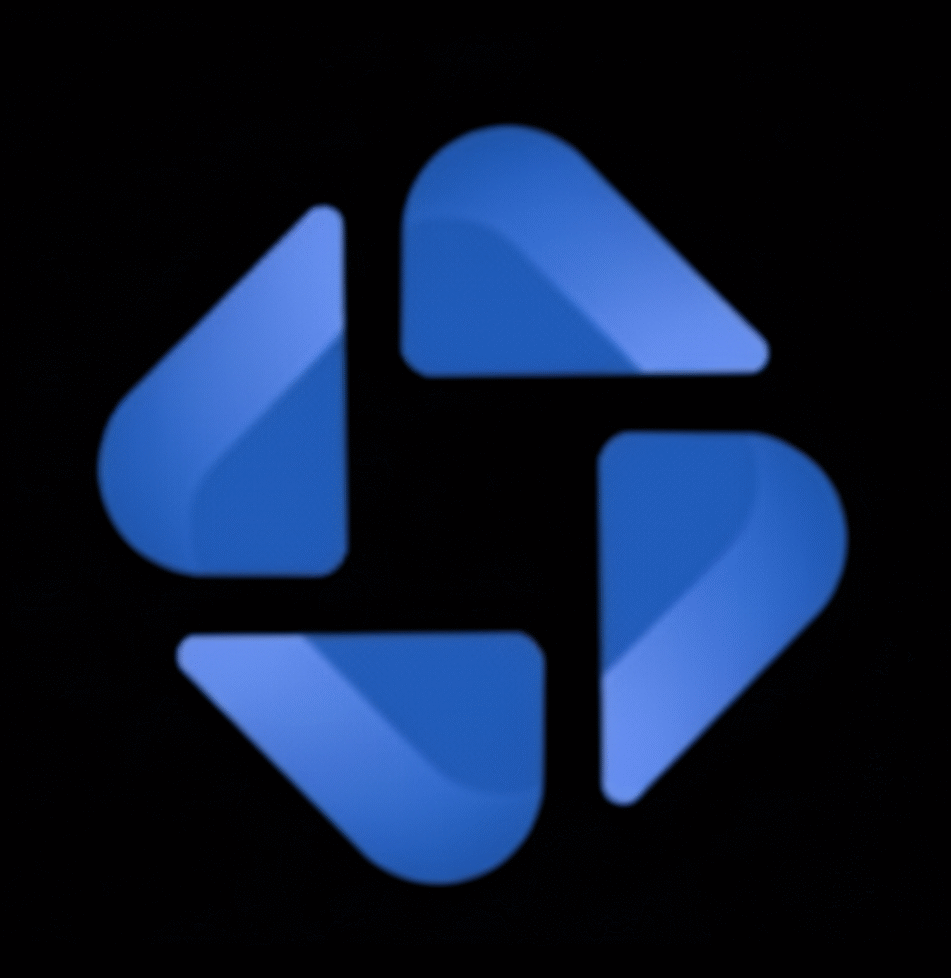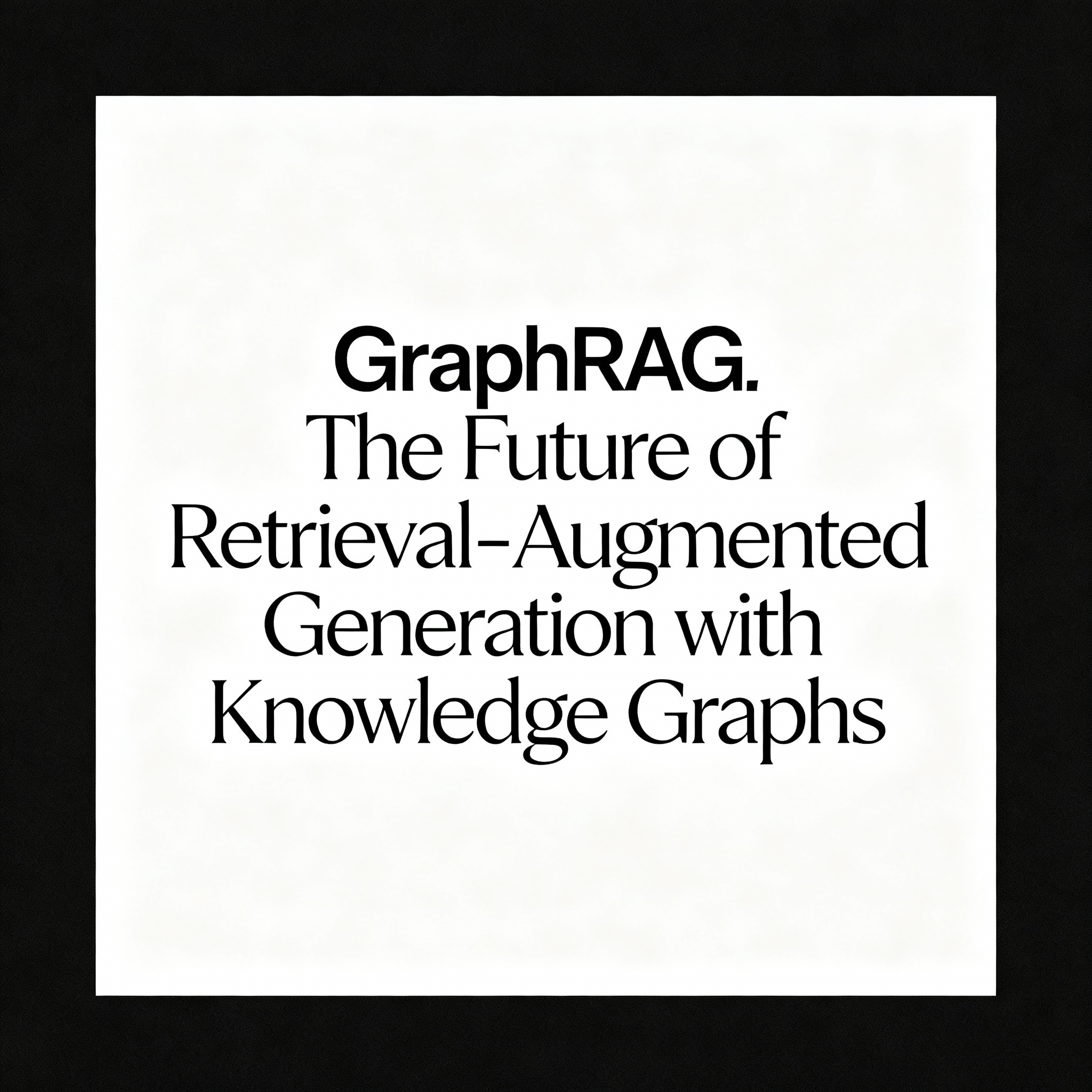GraphRAG (Graph Retrieval-Augmented Generation) is reshaping the way Large Language Models (LLMs) access and process information. While traditional RAG retrieves relevant text chunks to improve model outputs, it often struggles with fragmented context and shallow connections. It solves this by leveraging knowledge graphs to map relationships between entities, concepts and events.

In this blog, we’ll explore how GraphRAG enhances LLM reasoning, provides richer context and delivers more explainable and accurate results. From real-world use cases to practical implementation tips, you’ll see why It is becoming a critical tool for researchers, developers and enterprises looking to build smarter AI systems.
Table of Contents
What is GraphRAG?
At its core, It is an advanced version of RAG that integrates knowledge graphs into the retrieval pipeline.
Think of it like this:
- Traditional RAG → Pulls out text snippets that look relevant.
- GraphRAG → Maps out concepts, entities and relationships between them to deliver context that is far more connected and meaningful.
By giving LLMs this graph-based context, it ensures answers are not only relevant but also structured, explainable and scalable.
How GraphRAG Works ??
The workflow of GraphRAG typically unfolds in three stages:
1. Knowledge Graph Construction
First, raw documents are ingested. Using Natural Language Processing (NLP), entities such as people, organizations or topics are extracted, along with their relationships. This structured information is stored in a graph database such as Neo4j, TigerGraph or PuppyGraph.
2. Graph-Based Retrieval
When a query comes in, instead of just pulling raw text chunks, GraphRAG queries the knowledge graph. This allows it to retrieve subgraphs and relational data that provide much richer context.
3. LLM Generation with Graph Context
Finally, the retrieved graph context is passed to the LLM. This empowers the model to generate answers that are grounded in explicit relationships and not just isolated sentences.
Benefits of GraphRAG
Why is GraphRAG such a big deal? Here are some key advantages:
- Better Contextual Understanding – Graphs reduce fragmented answers by connecting related information.
- Improved Accuracy – Answers are grounded in structured facts, reducing AI hallucinations.
- Explainability & Transparency – Responses can be traced back through the knowledge graph.
- Multi-Hop Reasoning – The system can connect distant concepts for deeper insights.
- Scalability – Graphs handle massive amounts of structured and unstructured data efficiently.
Challenges to Consider
Like any emerging technology, GraphRAG comes with challenges:
- Graph Construction Overhead – Extracting and maintaining knowledge graphs can require significant resources.
- Complex Queries – Graph query languages can be difficult for beginners.
- Integration Costs – Adapting existing RAG systems to work with graphs may need extra infrastructure.
- LLM Limitations – Even with graph context, fine-tuning may still be required for optimal performance.
Real-World Use Cases
The potential applications for GraphRAG span multiple industries:
- Healthcare – Integrating patient data, research and clinical trials for better diagnostics.
- Finance – Enhancing fraud detection, compliance and risk management.
- Legal – Mapping case laws, precedents and statutes for precise legal research.
- Academia – Connecting citations, research papers and concepts for literature reviews.
- Enterprise Knowledge Management – Turning scattered internal data into an explainable knowledge graph.
- Customer Support – Building assistants that can provide context-rich, accurate answers.
How to Get Started with GraphRAG
If you’re considering GraphRAG for your projects, here’s a simple roadmap:
- Choose a Graph Database – Options include Neo4j, TigerGraph, and PuppyGraph.
- Extract Entities & Relationships – Use NLP pipelines such as spaCy or LLM-based extractors.
- Build Your Knowledge Graph – Store structured data in the graph database.
- Connect with RAG – Integrate the graph into your LLM retrieval pipeline.
- Refine Queries – Experiment with graph traversal queries to optimize context.
- Deploy and Monitor – Keep updating the graph as new data flows in.
Conclusion
GraphRAG isn’t just an upgrade to RAG – it’s a reimagining of how AI retrieves and processes information. By combining the structured depth of knowledge graphs with the flexibility of LLMs, it enables more accurate, transparent and enterprise-ready AI solutions.
For industries that depend on complex, interconnected data, It is poised to become a game-changer. From healthcare to finance to legal research, the possibilities are vast. If you’re building next-gen AI applications, it is a technology worth exploring today.
Related Reads
- AgentScope: A Powerful Developer-Centric Framework for Building Agentic Applications
- Eigent: The World’s First Multi-Agent Workforce for Next-Level Productivity
- Pen and Paper Exercises in Machine Learning: A Free Resource to Master ML Fundamentals
- 7 AI Books That Can Teach You More Than a $200K Master’s Degree
- 10 GitHub Repositories to Build a Career in AI Engineering
References
A Pilot Empirical Study on When and How to Use Knowledge Graphs as RAG
GRAIL: Learning to Interact with Large Knowledge Graphs for RAG
KG-RAG: Bridging the Gap Between Knowledge and Creativity
GFM-RAG: Graph Foundation Model for RAG
FRAG: A Flexible Modular Framework for RAG with Knowledge Graphs
Knowledge Graph Retrieval-Augmented Generation for LLM Recommendation
Knowledge Graph-Extended RAG for Question Answering
SimGRAG: Leveraging Similar Subgraphs for Graph-Driven RAG
Survey: Retrieval-Augmented Generation with Graphs (GraphRAG)


5 thoughts on “GraphRAG: The Future of Retrieval-Augmented Generation with Knowledge Graphs”